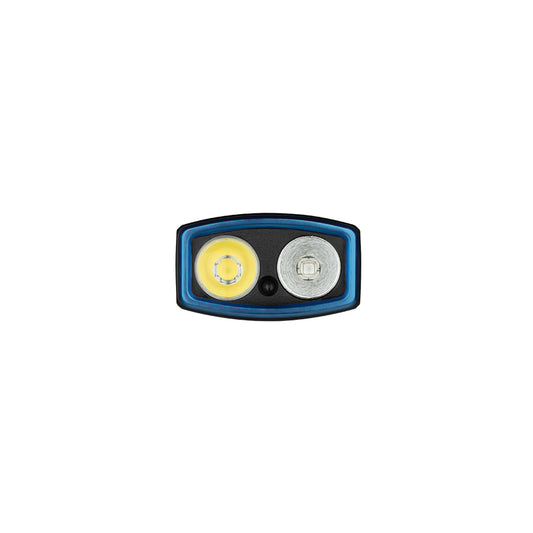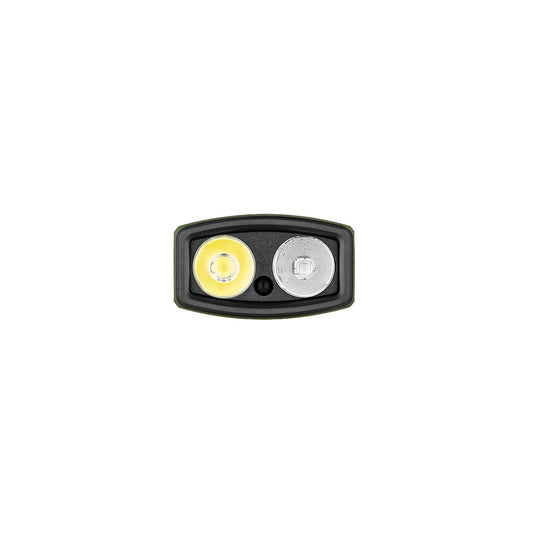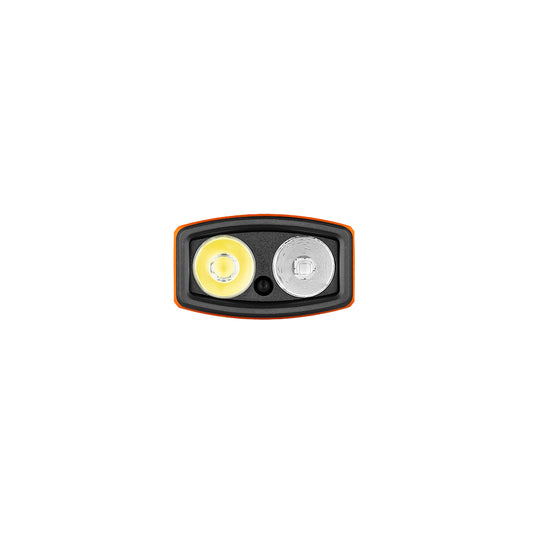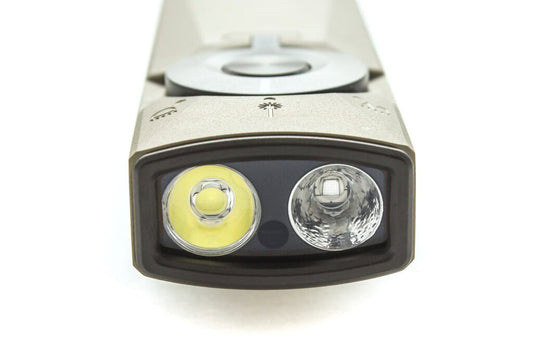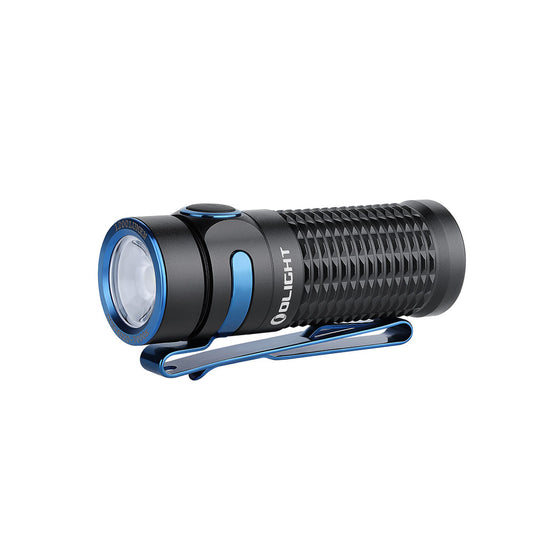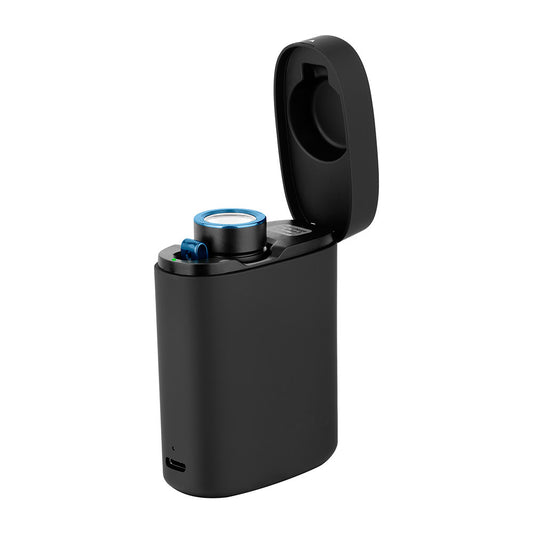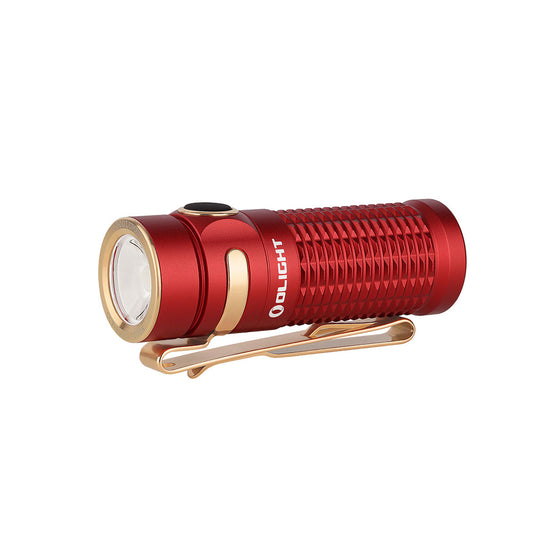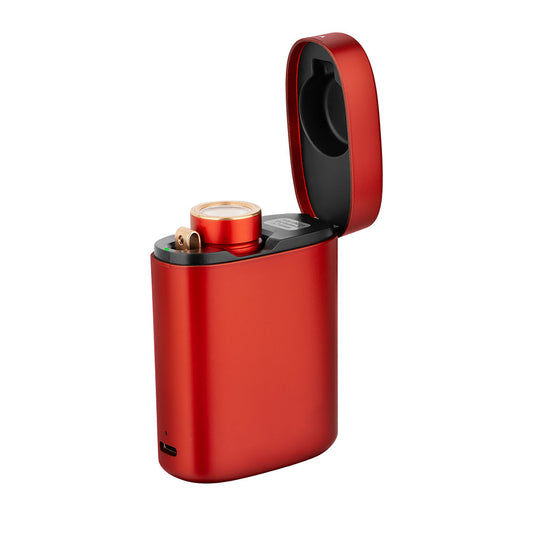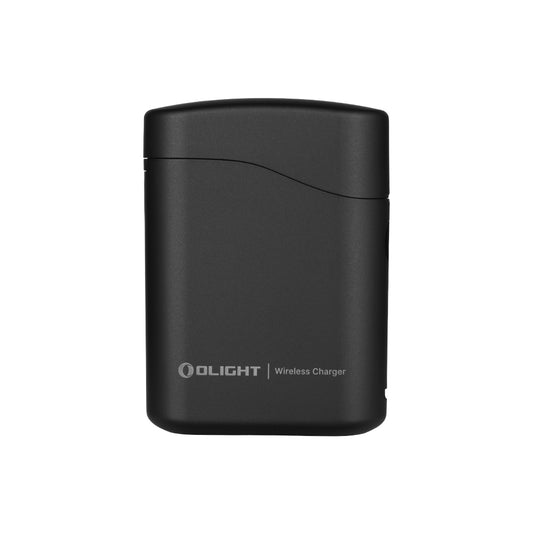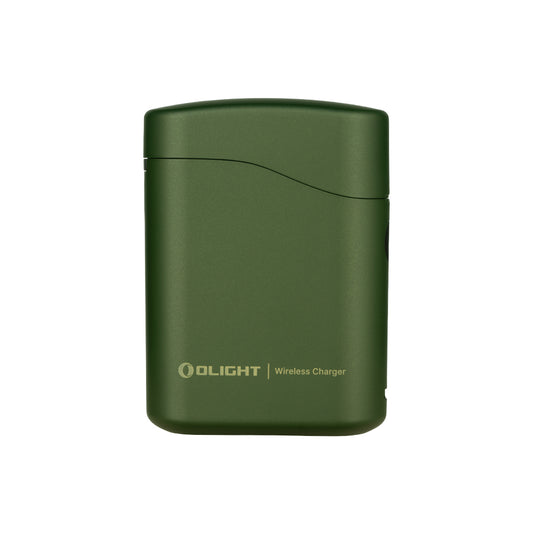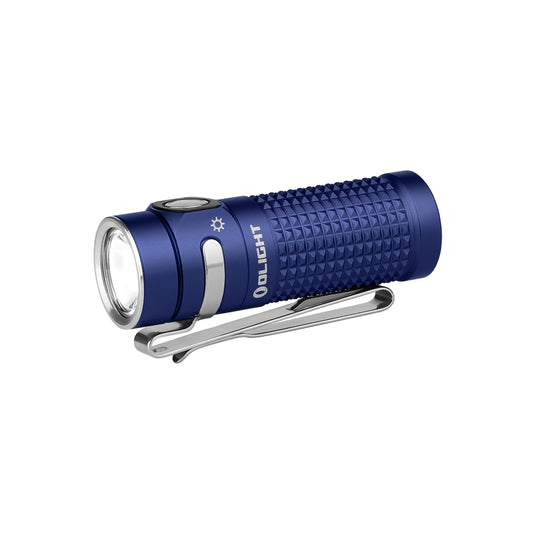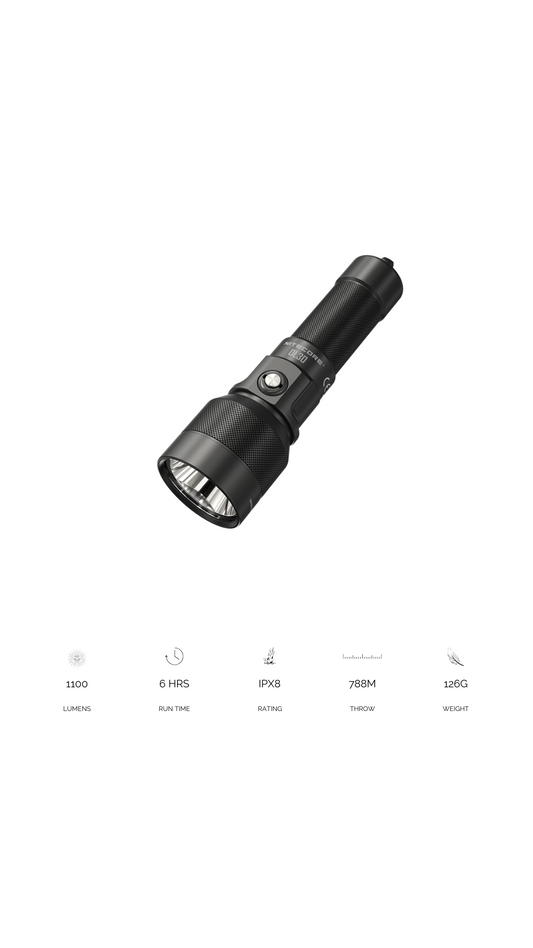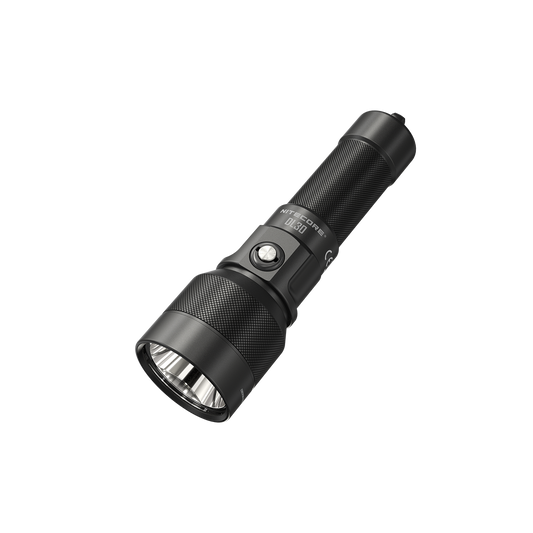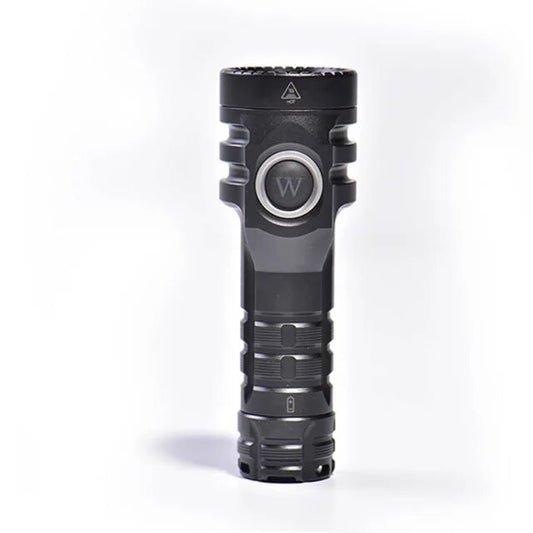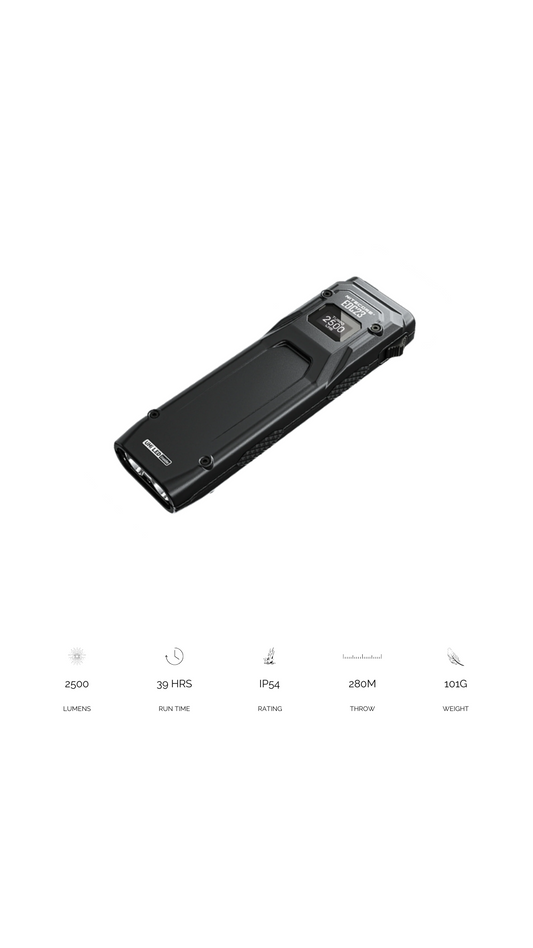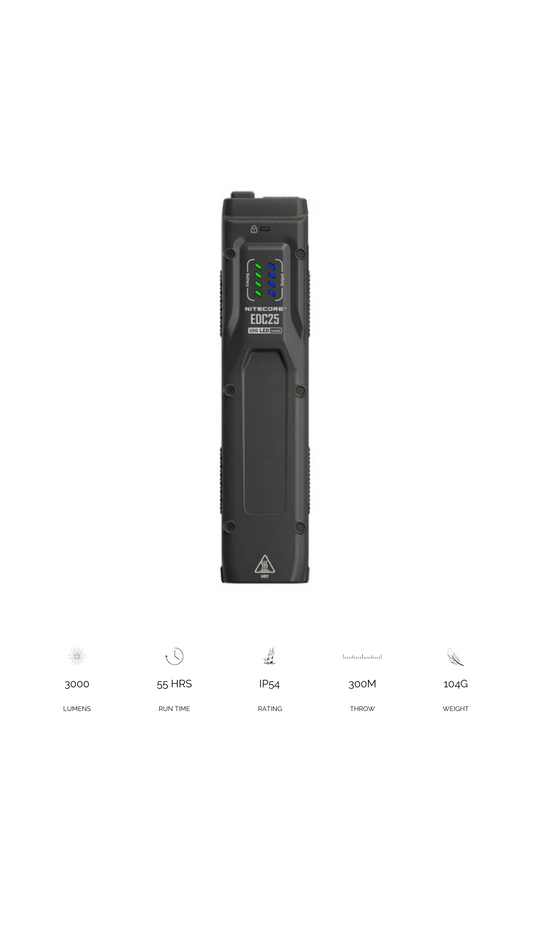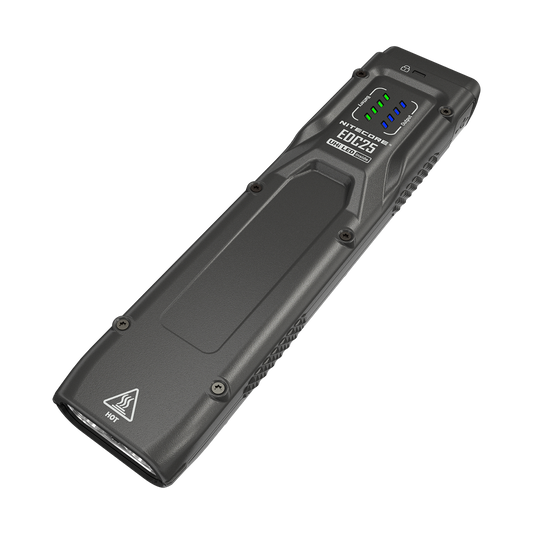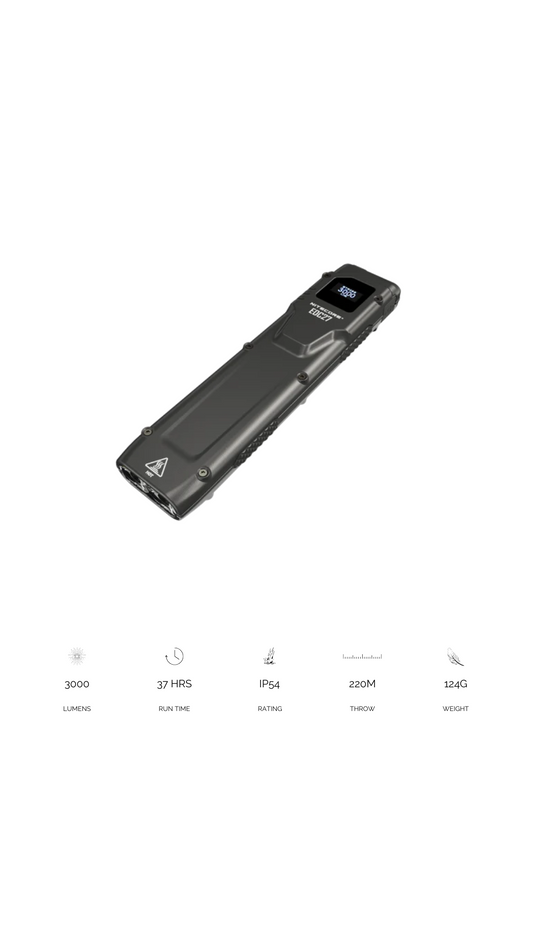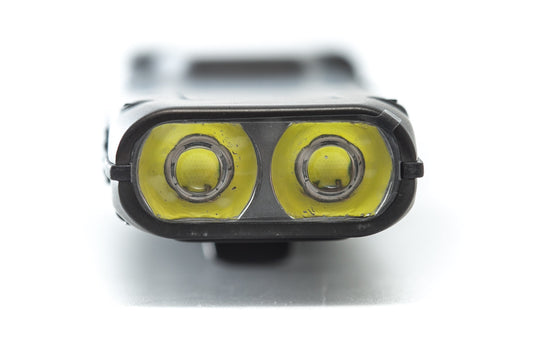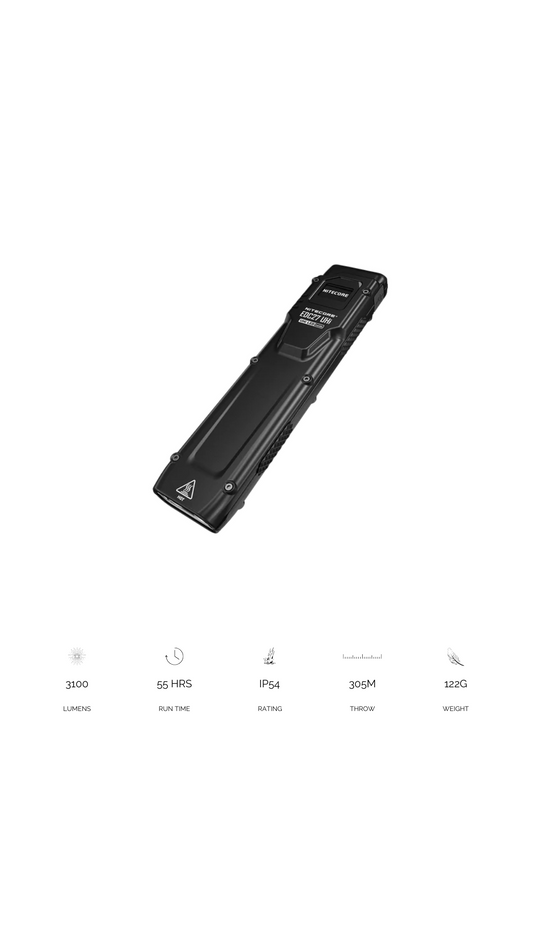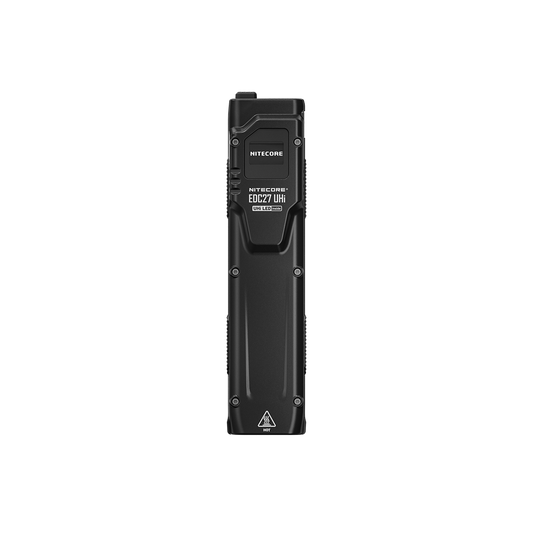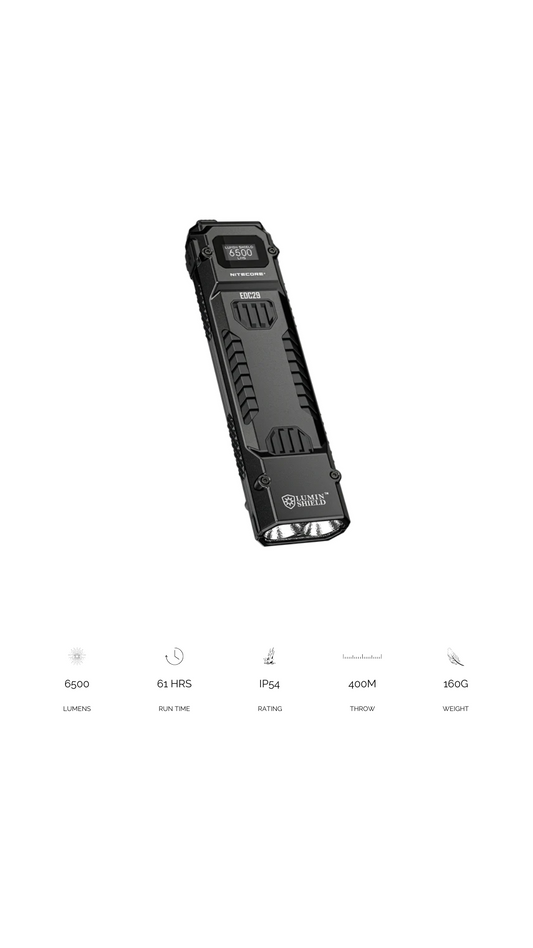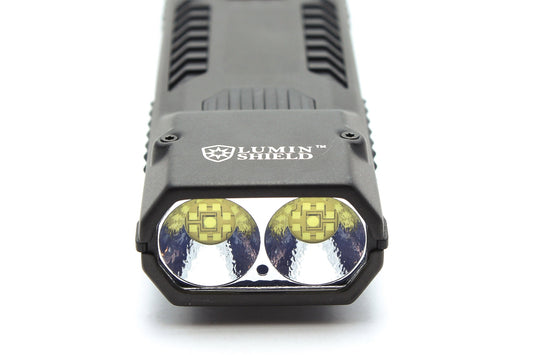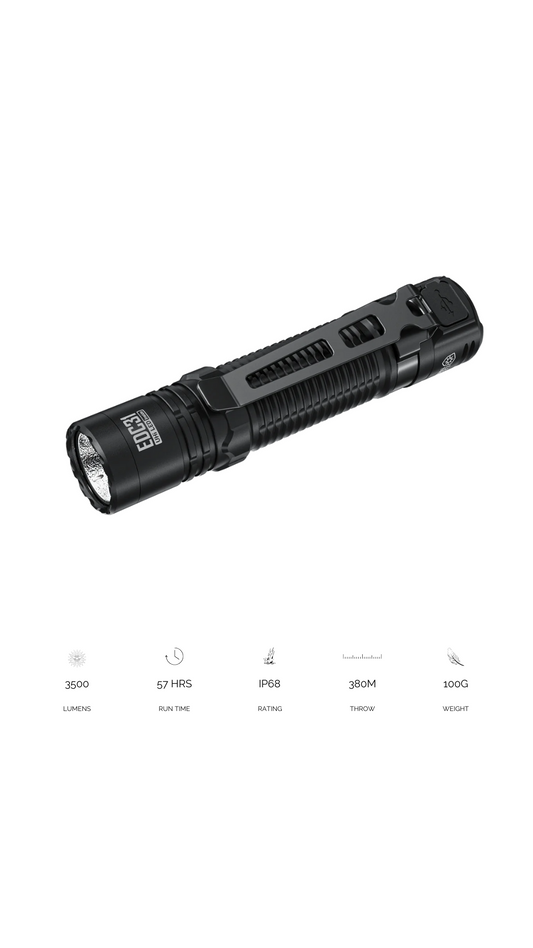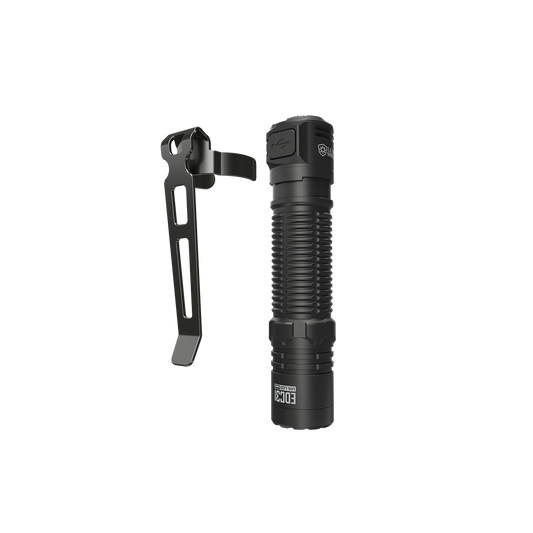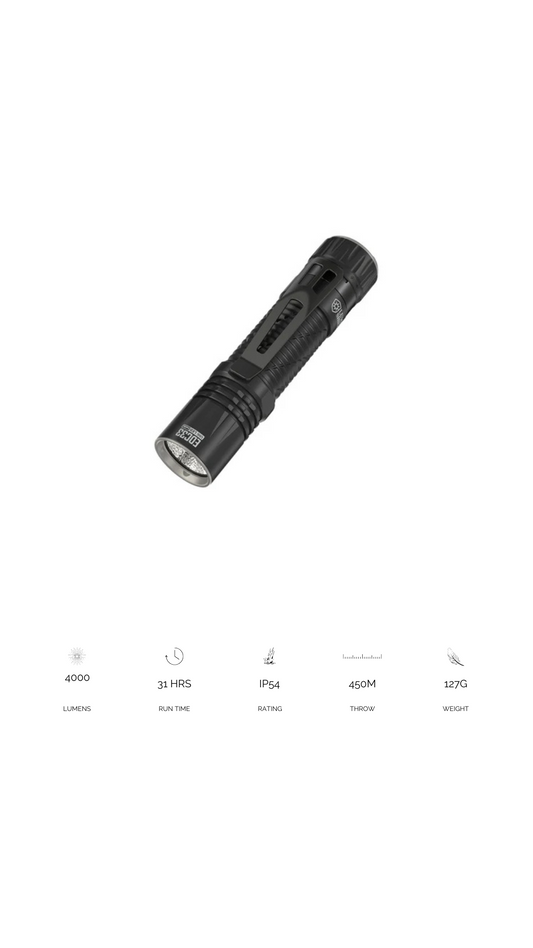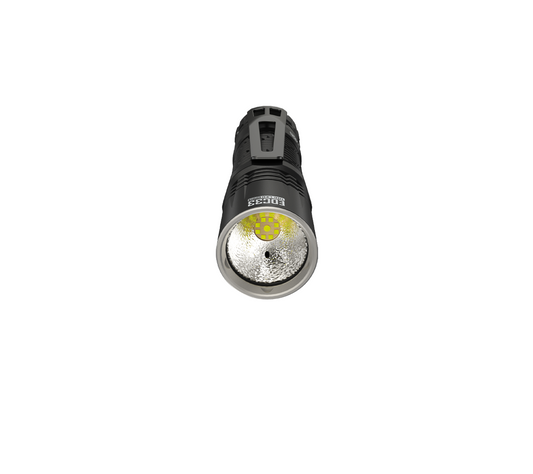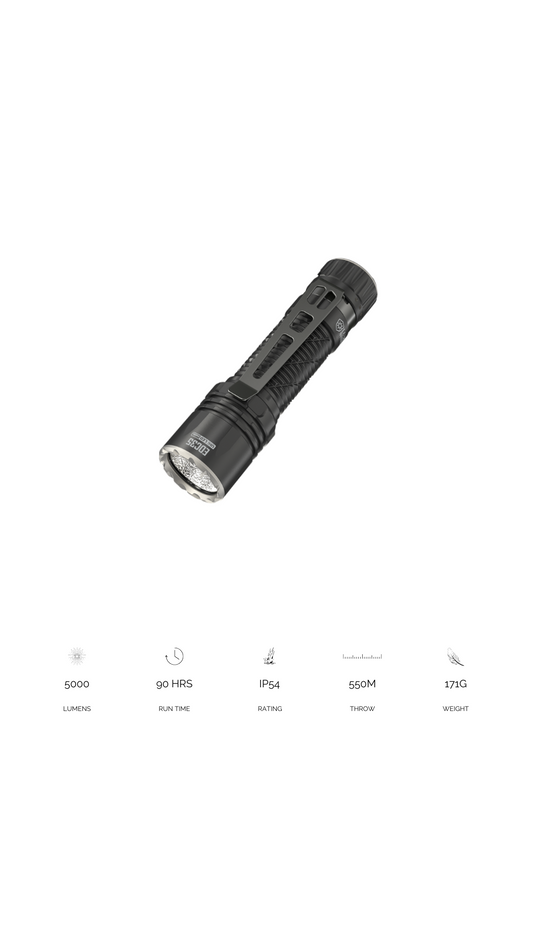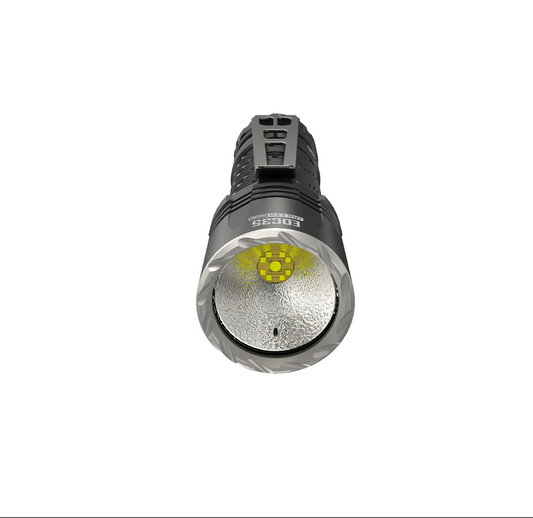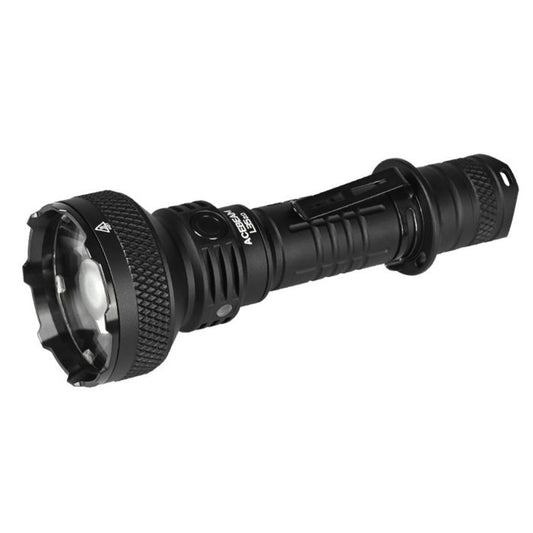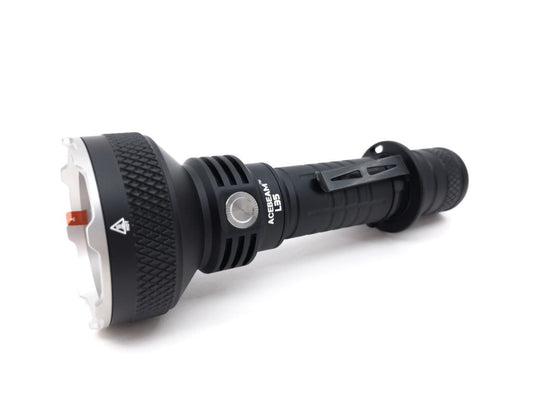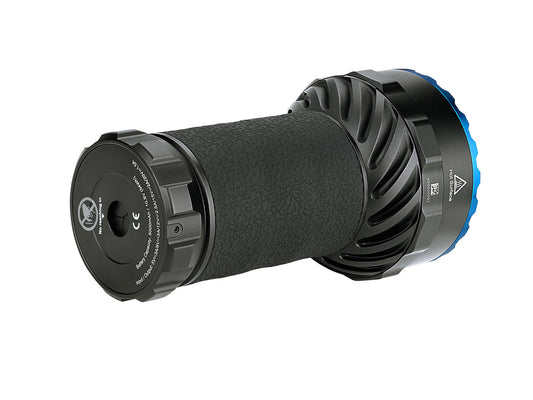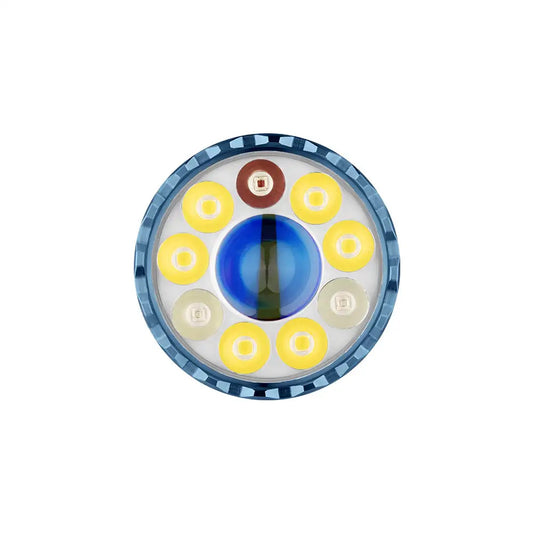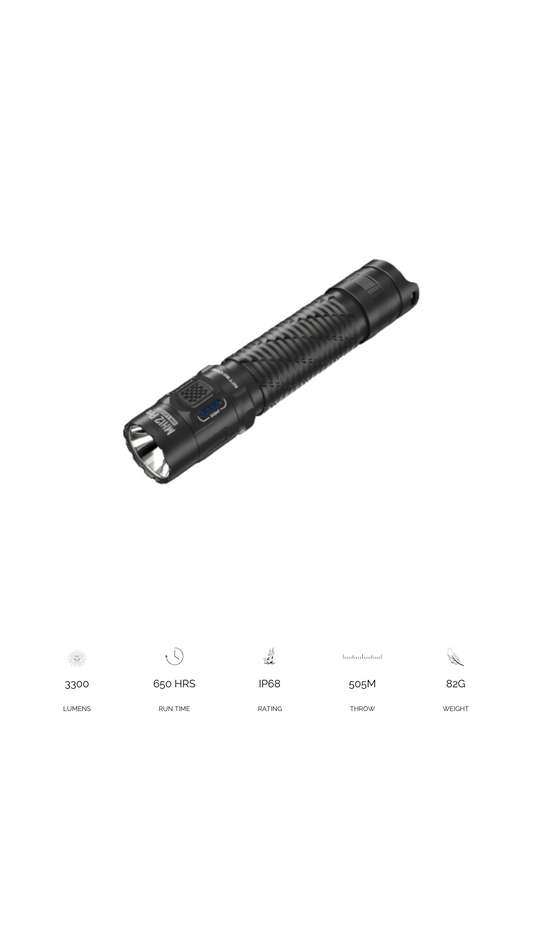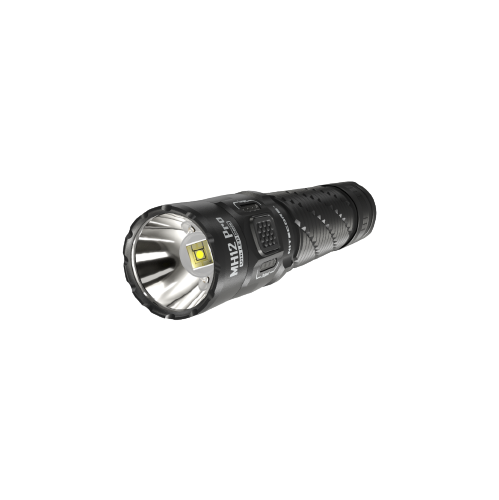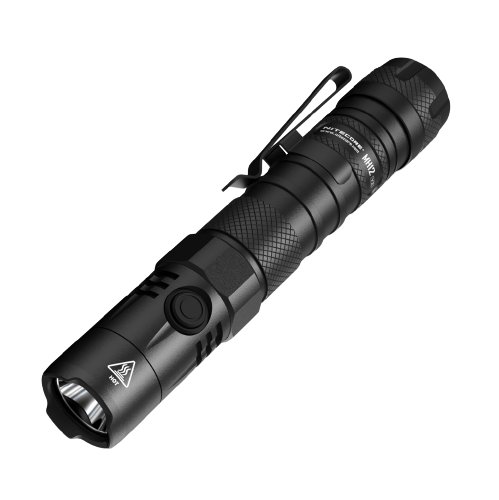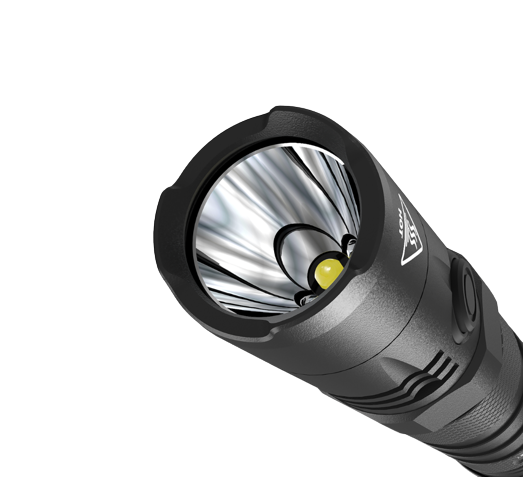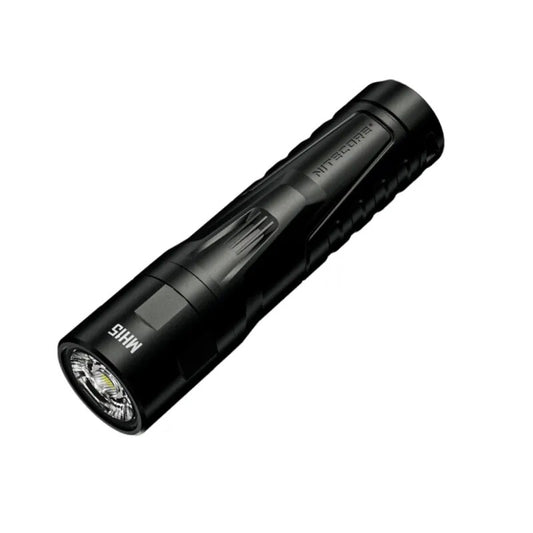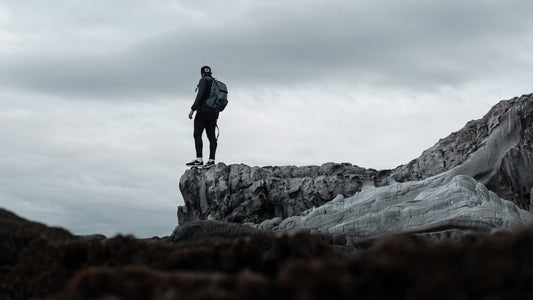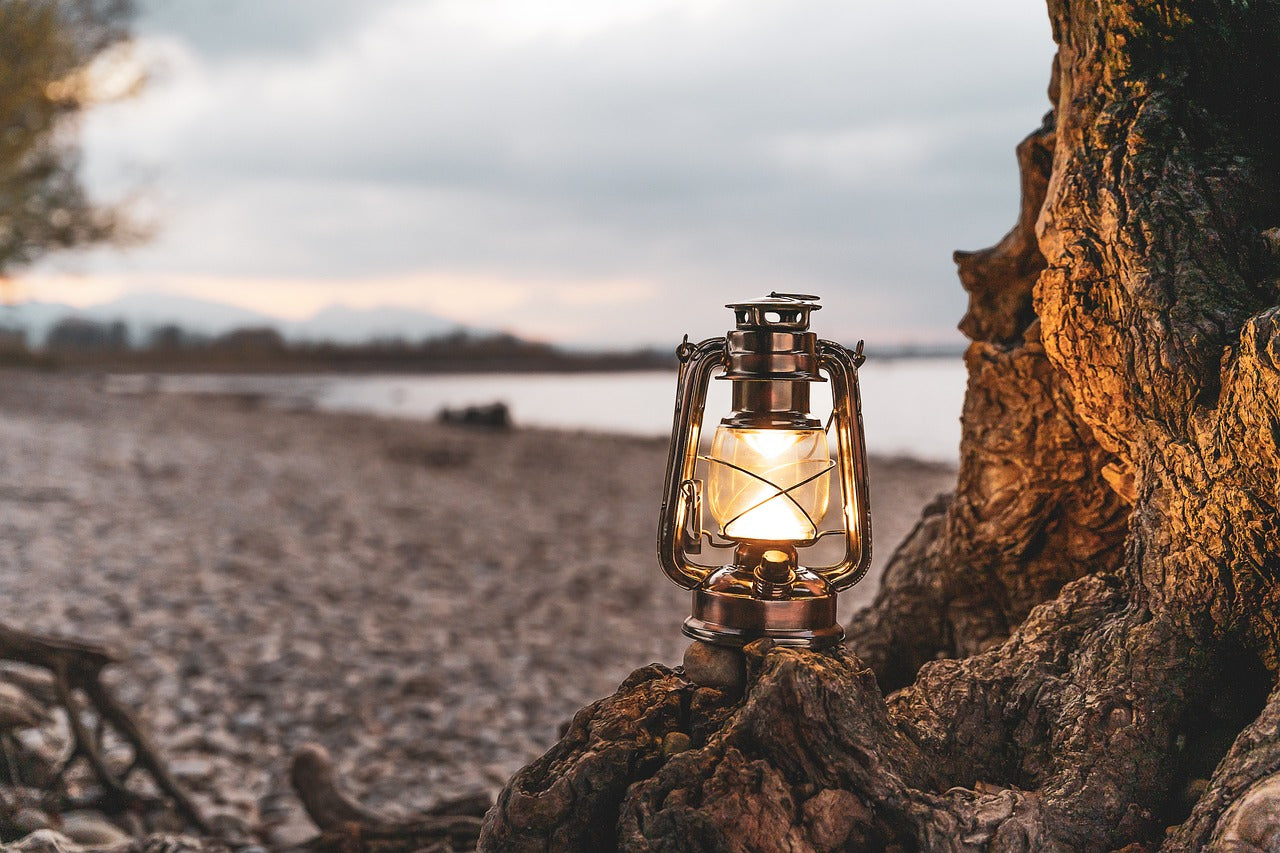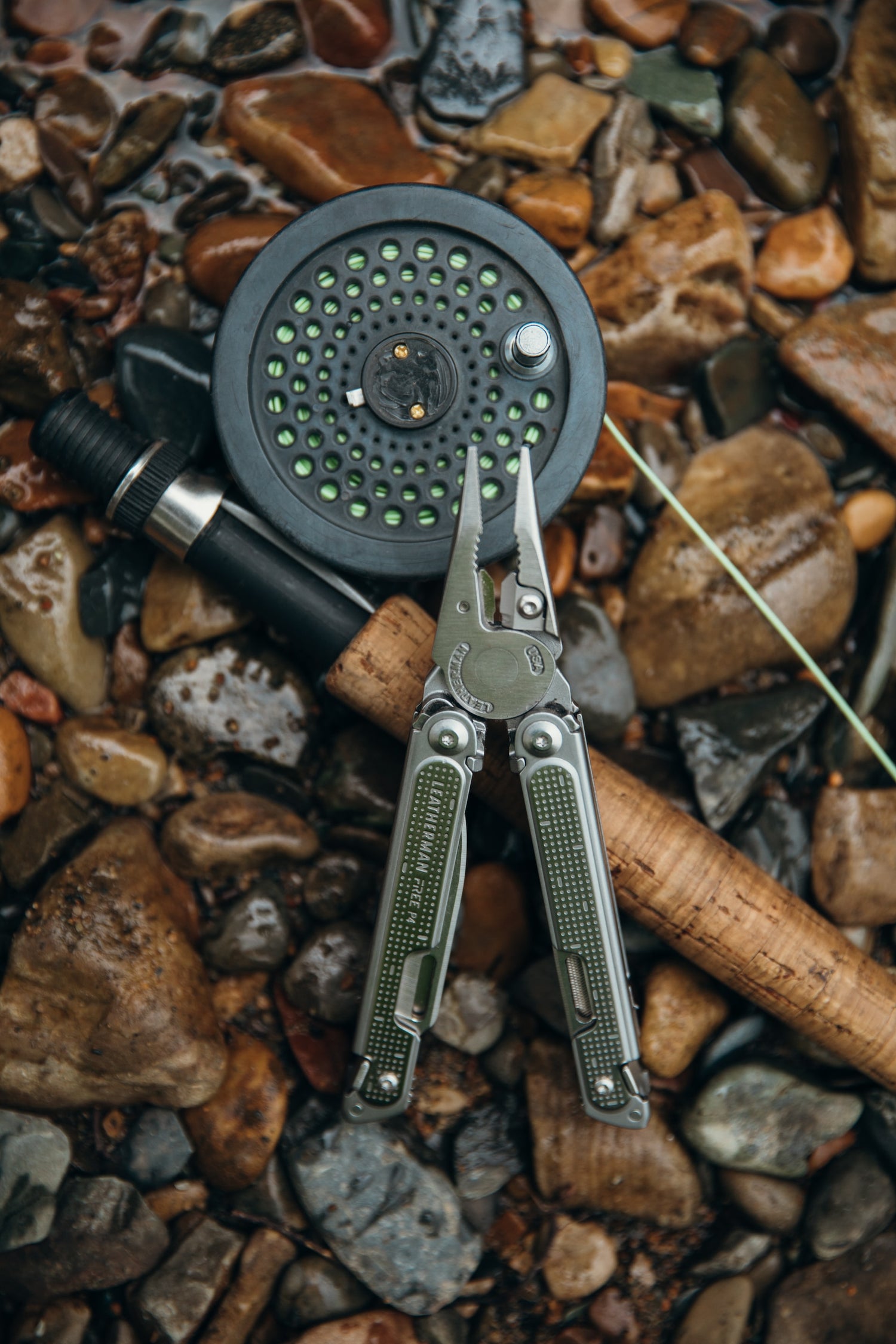
The 10 C’s for Urban Survival: Cover
For when the SHTF.
Thriving in the dynamic urban landscape requires a blend of traditional survival wisdom and contemporary readiness. Understanding the crucial elements of survival is vital. These principles act as guiding lights, ensuring resilience and adaptability in challenging circumstances. To know which pieces of equipment to take with you in any survival situation, most experts will recommend the 5 C’s of Survival: cutting, combustion, cover, containers, and cordage. Which we will cover below.
Added to that we’ve merged the fundamental tenets of both urban and wilderness survival, so city dwellers can arm themselves with a versatile toolkit to confidently navigate various scenarios. Let's explore the amalgamation of not just the 5 C’s but expanded it to the 10 C's of survival, customized for urban environments.
Like anything in real life, you’ll of course need to add on, amend, or completely have to redo the items in your SHTF bag. Also, you’ll probably need multiple grab bags depending on your situation and where those bags are stashed. Like most articles on survival these “How To’s” are for one person. If you have the responsibility of not just yourself, you’re gonna need more stuff.
This article however brief is not for camping so you’re not going to see stuff thrown in for a prolonged stay. It’s grab, go, move, rest, move.
- Combustion
- Cutting tools
- Cover
- Container
- Cordage
- Communication
- Composure
- Concealment
- Commodity
- Currency

3. Duck & Cover:
In the intricate ballet between human endurance and the relentless forces of nature, hypothermia emerges as a formidable adversary, capable of ensnaring even the most seasoned adventurers in its icy clutches. Defined by a drop in the body's core temperature below the normal range, this silent assailant poses a grave threat to anyone venturing into cold, wet, or damp environments without proper preparation and understanding.
The progression of hypothermia unfolds with a chilling inevitability, encompassing five distinct stages that serve as harbingers of the body's dwindling ability to sustain its internal warmth:
- Mild Hypothermia (35-32 degrees Celsius): As the body's core temperature begins to dip, initial symptoms manifest in the form of mild discomfort and involuntary shivering. Despite these early warning signs, consciousness remains intact, providing a crucial window of opportunity for intervention and self-preservation.
- Moderate Hypothermia (32-28 degrees Celsius): With the onset of moderate hypothermia, shivering diminishes, giving way to a sense of lethargy and confusion. Cognitive function becomes impaired, making it increasingly difficult for individuals to recognize the severity of their condition and take appropriate action.
- Severe Hypothermia (24-28 degrees Celsius): At this critical juncture, the body's core temperature approaches dangerously low levels, precipitating a cascade of physiological and neurological effects. Motor skills become severely compromised, and individuals may exhibit erratic behavior, slurred speech, and a loss of coordination. Consciousness may waver, with some individuals lapsing into a state of unconsciousness.
- Apparent Death (15-24 degrees Celsius): As hypothermia reaches its most advanced stages, the body's vital signs become profoundly suppressed, mimicking the appearance of death itself. Breathing and heart rate slow to imperceptible levels, leading bystanders to mistakenly assume that all hope is lost.
- Death from irreversible hypothermia: Without prompt intervention, hypothermia inexorably progresses towards its final, fatal stage. Vital organs succumb to the cold, ceasing function and resulting in irreversible damage and death.
To mitigate the risk of hypothermia and shield against its insidious effects, a comprehensive approach to preparedness is paramount. Equipping oneself with essential gear such as a durable tarp, emergency space blanket, or lightweight bivy provides critical shelter and insulation against the elements. In colder climates, constructing a shelter using natural materials like pine boughs or dry leaves can further augment thermal protection, offering a sanctuary from the biting cold.
Moreover, investing in high-quality rain gear and insulating clothing serves as a bulwark against moisture infiltration and heat loss. Layering garments made from moisture-wicking and insulating materials helps to trap body heat and maintain a dry, comfortable microclimate, reducing the risk of hypothermia even in the most inclement weather conditions. A multipurpose poncho, designed to serve as both rain protection and improvised shelter, further enhances survivability by providing versatile protection against the elements.
By cultivating a mindset of preparedness, arming oneself with the necessary knowledge and gear, and remaining vigilant in the face of changing environmental conditions, individuals can navigate the challenges of cold weather survival with confidence and resilience. Whether embarking on a wilderness adventure or simply braving the elements in everyday life, the ability to recognize and mitigate the risks of hypothermia is paramount, ensuring a safe and rewarding journey through even the most treacherous terrain.


